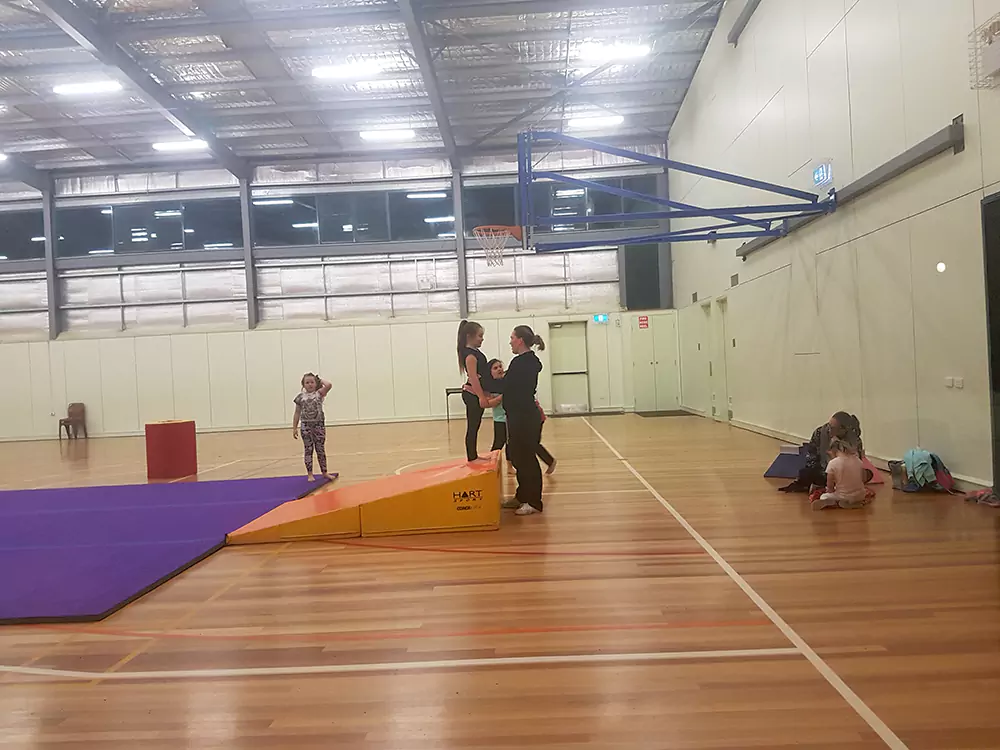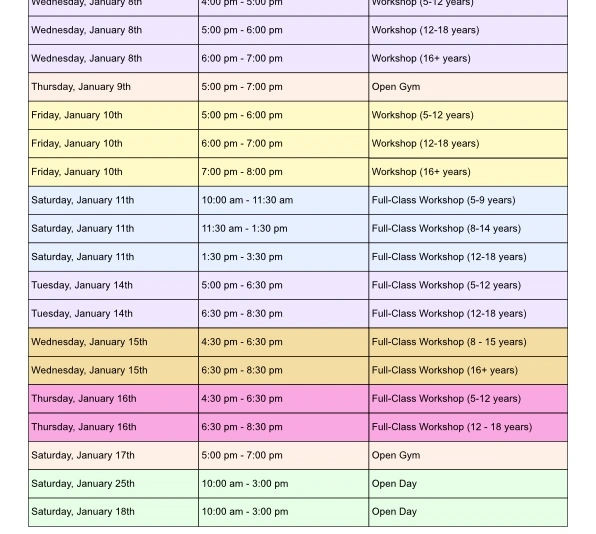Tumbling and cheerleading are captivating sports that require dedication, skill, and, most importantly, a strong emphasis on safety. When it comes to athletes under the age of 6, introducing them to the art of back bending—arches and bridges—is a journey that must be undertaken with utmost care. This article sheds light on the importance of approaching back bending in young athletes with caution, prioritizing safety, and promoting proper technique.
Age-Appropriate Activities:
The key to nurturing young athletes lies in age-appropriate activities. For those under 6, this means avoiding any attempts at extreme back bends or advanced gymnastic moves. Instead, we focus on fostering basic body awareness and flexibility, setting the foundation for their future athletic pursuits.
Warm-Up and Stretching:
Before any back-bending exercises, a comprehensive warm-up routine is essential. This preps the body by increasing blood flow to muscles and joints, reducing the risk of injury. Gentle stretching exercises for the shoulders, chest, and hip flexors can help prepare young athletes for safe back bending.
The Importance of Proper Technique:
Proper technique is the linchpin of back bending in young athletes. Coaches and instructors guide them to maintain a straight line through their legs, focus on flexibility in the upper back and shoulders, and ensure that there is no pain or discomfort during the movements.
Supervision:
Under the watchful eye of experienced coaches or instructors, young athletes receive the guidance they need to perform back-bending exercises safely. Supervision ensures that proper form is maintained and that young bodies are not strained.
Gradual Progression:
The journey begins with simple back-bending exercises such as “bridges.” In this exercise, athletes lie on their backs, place their hands next to their shoulders, and gently push up into a bridge shape. The goal is to ensure that they can comfortably hold this position before attempting more advanced back-bending maneuvers.
Respecting Limitations:
Recognizing that young athletes have limitations in terms of flexibility and strength is paramount. These limitations should be respected, and athletes should not be pushed beyond what their bodies can safely handle.
Safety Mats:
Safety mats or soft surfaces are essential to cushion any falls or tumbles during back-bending exercises. Safety should always take precedence in any tumbling or gymnastics routine.
Individual Progression:
Each athlete progresses at their unique pace. Rushing their development in back-bending skills is counterproductive. It is essential to avoid comparisons and allow them to build their abilities gradually.
Balancing Act:
Back-bending exercises should be balanced with other types of movements and skills to promote overall athleticism and reduce the risk of overuse injuries.
Encourage Communication:
Teaching young athletes to communicate any discomfort or pain during back-bending exercises is pivotal. It’s crucial that they feel comfortable speaking up if something doesn’t feel right.
In conclusion, introducing back bending to athletes under 6 is a journey that necessitates a balanced approach of fostering flexibility while prioritizing safety and proper technique. The guidance of experienced coaches or instructors who specialize in working with young athletes is indispensable. With the right precautions and a focus on the well-being of young athletes, the world of tumbling and gymnastics becomes an exciting and safe place for them to grow and develop their skills.



